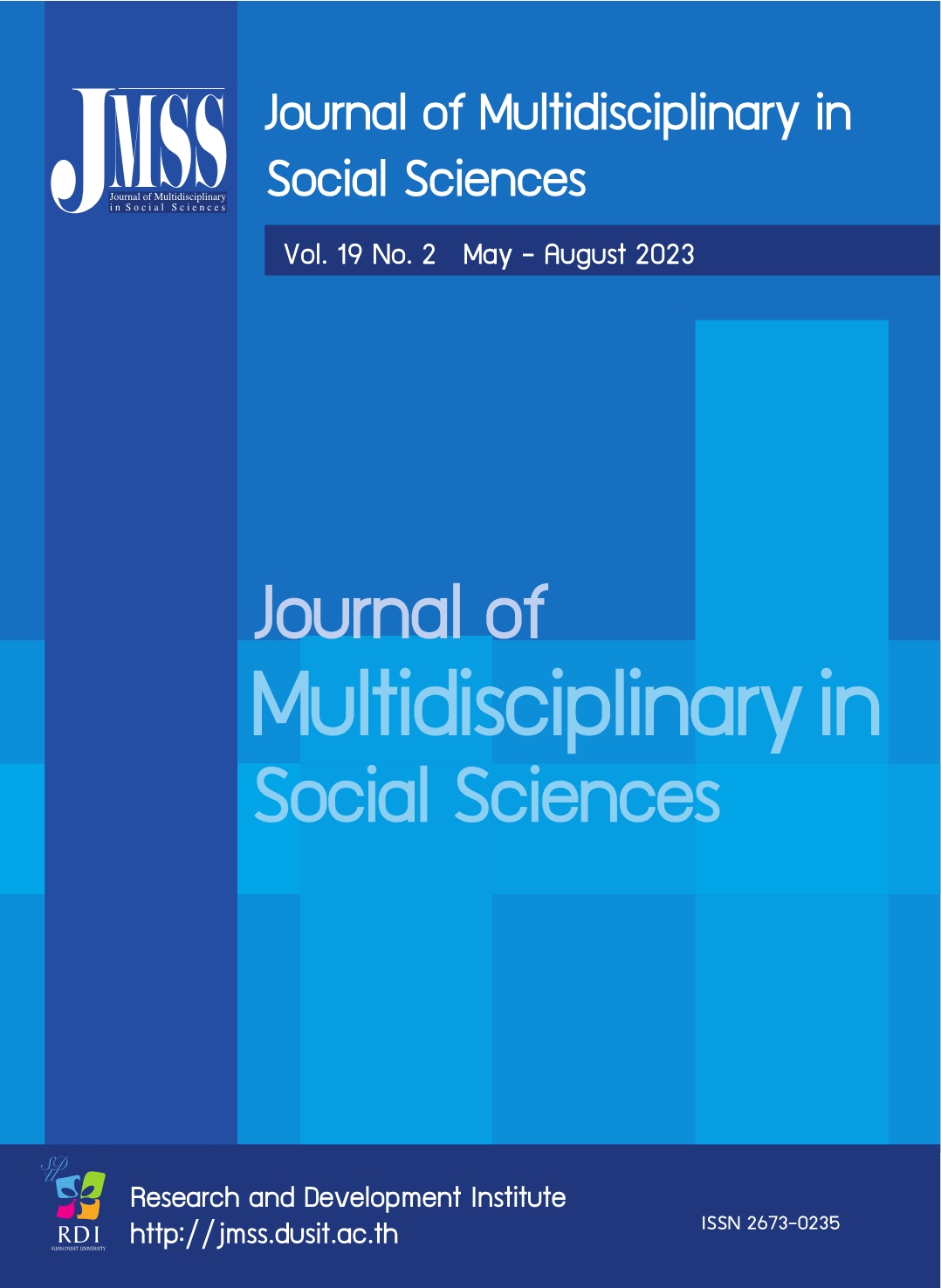The Transfer of Knowledge and Design to Create Added Value of Products from Reed.
Keywords:
The transfer of knowledge, Design to create added value, Products from ReedAbstract
This research studied the process of the transfer of knowledge; factors and conditions of the reed mat weaver industry and researched the design to create added value of products from Reeds in order to develop the economy of the community of Bangsakao, Laemsing, Chanthaburi. The study was conducted using the theory of transfer of knowledge and the concept of participatory design. Participation and data collection was obtained from focus groups of 25 people. The research found that the transfer of knowledge process is managed by many methods such as the knowledge transfer in the family, the knowledge transfer in the community, the knowledge transfer by developing the curriculum between the local community and school, the knowledge transfer by exchanging the knowledge between designers and local technicians. Then together the transfer of knowledge and promotion through online channels, which expanded the method of the transfer of knowledge. From the design to the creation of the added value of products, the community studied customers' demands, developed the products according to their demands, and developed the quality of the products to reach the standards. The focus group between locals and other participants, caused the exchange of knowledge in terms of concept to modernize the products that meet the current demands and the participants designed the craftsmanship pieces to preserve and inherit the mat pattern of The Queen Rambhai Barni, called “Craftsmanship on Mat” in 21 pieces. The study concluded by finding that the participating craftsmanship development process became the prototype to develop Chanthaboon Reed Mat in other communities.
References
Nartsupha, C. (2001). Communitarianism: suggestion in the theory of differences societies. Bangkok: Vithitat Institute.
Leesuwan, C. (1992). A study on indigenous learning in rural villages. (Text). Chiangmai University.
Withatanang, W. (2001). Development of standards of basketry products for export. VRU Research and Development Journal. Science and Technology, 10(2), 67-83.
Department of Agricultural Extension. (2001). Thailand Service Learning Program. Kasetsart University, Bangkhen Campus. Thongpanit, P. (2019). Instructional System Design: by ADDIE (ADDIE Model). Retrieved June 1, 2019, from http://adi2learn.blogspot.com/2018/01/addie-model.htm
Archives. (2001). The development of the uniqueness and Local Wisdom in Chanthaburi. The archives. Chanthaburi.
Srisakulchairak, T. (2016). The development of Residential Community in Worthy of Preservation in Tha Muang Old Market Community, Tha Muang District, Kanchanaburi Province. Bangkok: Arsom Silp Institute of Arts.
Prapot, C. (December 25, 2021). Interview.
Kanchan, S. (December 18, 2021). Interview.
Shupakdi, I. (November 14, 2021). Interview.
Downloads
Published
How to Cite
Issue
Section
License

This work is licensed under a Creative Commons Attribution-NonCommercial-NoDerivatives 4.0 International License.








